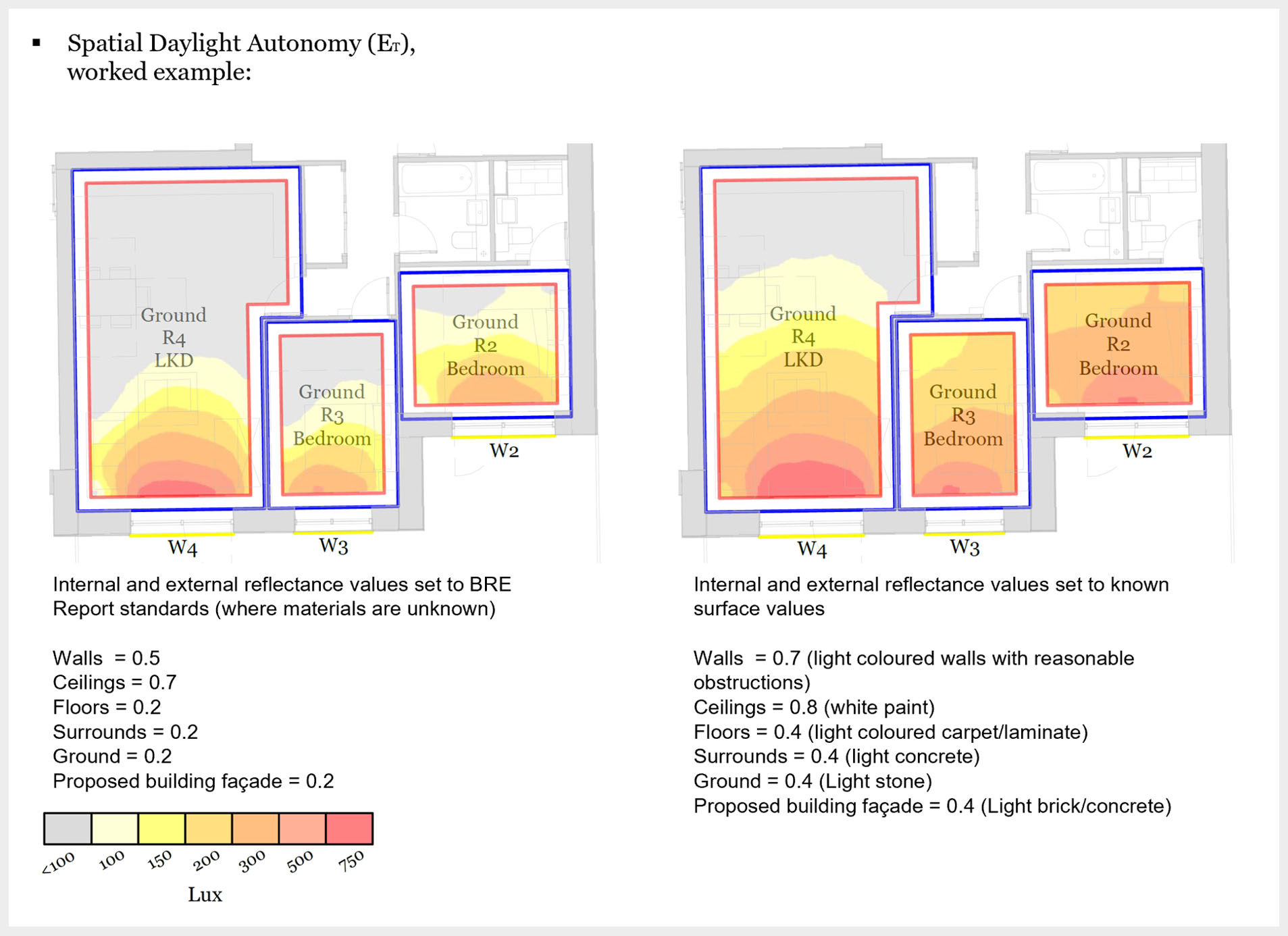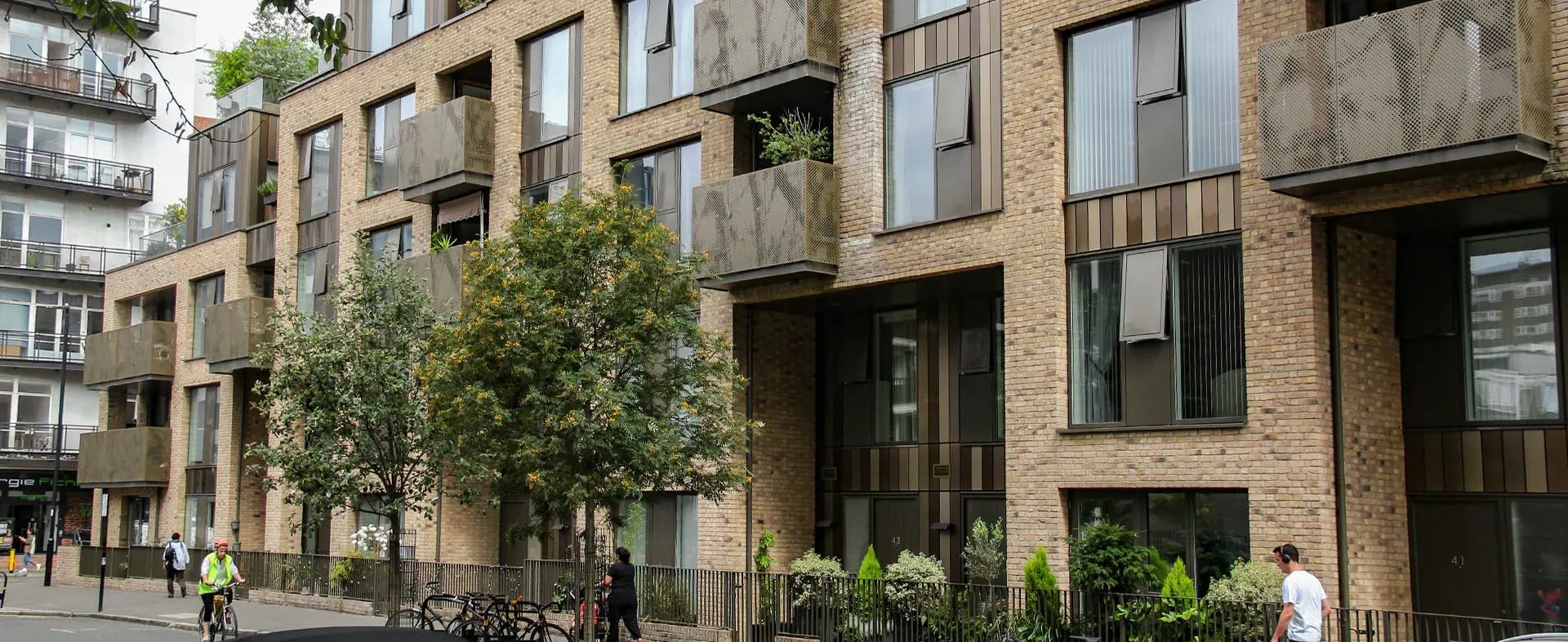We received news recently on the release of a double consultation by the GLA on draft
Affordable Housing and
Development Viability London Planning Guidance (LPG) documents, which will add to the extant array of guidance and requirements we in the planning world navigate daily on London projects.
Together, the two new documents aim to supersede the 2017 Affordable Housing Viability Supplementary Planning Guidance (SPG)
[1], which in first introduced the Mayor’s threshold approach to viability, now embedded in the London Plan. Our comments in this blog focus on the Affordable Housing LPG, leaving others to comment on the complementary Development Viability LPG changes.
The draft Affordable Housing LPG covers the threshold approach, tenure, grant funding and Build to Rent. It also usefully wraps up a number of GLA Practice Notes
[2] into a comprehensive guidance document, meaning that these previous Practice Notes will have the upgraded status of official LPGs.
Overall, the changes introduced by the draft Affordable Housing LPG do not appear to be fundamental. It introduces some tweaks and clarifications to the threshold approach and key requirements for planning applications where affordable housing is proposed. Nevertheless, some of the stand-out items of interest are explained further below.
Tenure
While not exactly revelatory in itself (but an example of where the document brings together otherwise disparate guidance), the document formalises the Mayor’s established view that Discount Market Sale (DMS), within which First Homes sits, is not a preferred affordable tenure in London. Given First Homes is the Government’s preferred discounted market tenure which should account for 25% of all affordable housing units, it will be interesting to see if this prompts a clash with Minsters, especially in the context of the expected enshrinement of First Homes in National Development Management Policy.
The document also makes clear that within schemes delivering low cost rented homes, the Mayor’s “strong preference” is for the delivery of Social Rent homes over London Affordable Rent. At present the London Plan states both as the Mayor’s preference. Only Social Rent homes, not London Affordable Rent, are eligible for grant funding under the new London Affordable Homes Programme 2021-26.
In addition, there are proposed changes to the eligibility threshold for intermediate housing, changes to the London Living Rent caps and reference to the new model for Shared Ownership homes (secured with a minimum 10% share) introduced by the Government in 2021.
Threshold approach
The threshold approach to viability, a core policy direction embedded in the London Plan, remains. However, one notable change relates to schemes which follow the Viability Tested Route and are subsequently subject to an application to amend the permission. If the amendments result in an increase in affordable housing that would lead to the scheme meeting its relevant affordable housing threshold (and other relevant policy requirements) the scheme may then be considered under the Fast Track Route, having previously followed the Viability Tested Route. It is a welcome move for those considering scheme optimisation and enhancement, offering the opportunity to remove mid and late-stage reviews where affordable housing can be increased.
Build to Rent, Co-Living & Student Housing
The new Affordable Housing LPG has been updated to reflect changes in Build to Rent and Co-living (or large-scale purpose-built shared living, as it is termed by the GLA). Both of these development types are seen as offering potential to increase affordability and accessibility to housing. Chapter 5 of the guidance, Build to Rent, does little more than bring the LPG in line with the London Plan.
With regards to Co-living the new guidance includes provision that such schemes may now provide their affordable housing contribution on site and follow the Fast Track Route, where meeting the relevant threshold. Previously it was not considered feasible to deliver on-site affordable housing under these types of schemes, due to the unsuitably of the Co-living accommodation and instead, an in-lieu financial contribution was required. Notably, where affordable housing is to be provided on-site within Co-living schemes, it is to be calculated on the basis of a proportion of internal floorspace as opposed to the standard habitable rooms measurement required for other types of affordable housing.
Student housing does not get significant coverage within the draft document. However, it does come up in relation to the updated guidance on off-site provision and in lieu payments. There is no change to the overall position that this this can be done in exceptional cases only, though it is perhaps noteworthy that new details are given on how in-lieu contributions should be calculated for ‘residential investment properties’ including Built to Rent, student accommodation and Co-living. This is perhaps a response to those boroughs which are supportive of an in-lieu contribution towards affordable housing on these types of schemes.
Service charges
Also relevant to affordable rent developments is an acknowledgement of the impact of service charges on affordability. The draft LPG says that in order to minimise service charges, applicants should consult with affordable housing providers early to ensure service charges are not higher than needed. Residents of affordable housing should be given the same rights of access to amenities and facilities within the scheme as occupiers of market housing.
Grant funding
As would be expected, the new LPG has been updated so that it also speaks to Affordable Housing Programme 2021-26 and related changes in funding criteria. On the 2021-26 grant allocation, the document states:
“Grant eligibility is determined through the grant allocation process overseen by the GLA’s Housing and Land Directorate. To be eligible for grant, schemes must provide at least 40 per cent affordable housing by habitable room. Funding is available on all affordable units above 35 per cent. For schemes delivering 100 per cent affordable housing, all units are eligible for grant.”
This suggests that now, grants will be given only to the uplift to 40% from the basic 35% level of provision on private land. In schemes delivering 100% affordable housing, all units are eligible for grant.
This is a change to the previous funding regime where grant funding was available on all affordable housing units in the scheme, where it could provide or exceed 40% affordable housing. Alternatively, where below 40% was achieved, it would have been available on all affordable units over and above the baseline level of affordable housing as shown as being viable, without grant. It remains to be seen whether this shift in the availability of grant to only cover the uplift in affordable homes above the threshold level will diminish London’s pipeline of new affordable housing.
The LPG also includes a direct recommendation that applicants should engage with the grant process early through discussions with RPs and the GLA. This will serve the purpose not only of exploring grant availability, but also of improving the “design and integration” of different tenures in schemes. Where funding becomes available after a planning permission has been granted, it is recommended that explicit provision is made in Section 106 agreements that affordable housing provision can be increased if it is to meet funding requirements. This suggests we may see an increase in cascade clauses in Section 106 agreements.
Securing Delivery, Monitoring and Implementation
The final chapters of the document give an indication of the requirements on LPAs to ensure the delivery of affordable housing. Firstly, it includes new guidance on how Section 106 agreements should deliver affordable housing. It recommends that specific levels of affordable housing and tenure mix should be secured and/or occupied within each phase of multi-phased developments to ensure the even delivery and occupation of market versus affordable housing. Other recommendations include ensuring an affordable housing percentage is secured through reserved matters when an application does not specify a number of residential units.
As part of ensuring delivery, the document also strongly recommends that negotiation and monitoring, as well as subsequent enforcement is, wherever possible, undertaken by officers or teams with a specialism in affordable housing. The expectation on applicants and local authorities with respect to data provision and monitoring are clearly set out.
Conclusions and Next Steps
The new Affordable Housing LPG adds some clarity to London Plan policy on affordable housing, which can be complex to navigate. However, there is a clear need to ensure that policy and guidance reflects the current climate in London, where housing markets and tenures are rapidly changing, development viability is beleaguered and we are seeing significant growth in alternative forms of housing such as Co-living and Built to Rent, yet there remains an ambitious Affordable Homes Programme. The market has changed significantly since the publication of the current SPG in 2017 and this complex and prescriptive new document does not appear to offer the additional flexibility which many in the Development industry might have hoped for.
Whilst the Mayor is right to push for genuinely affordable housing, we would question whether the complexity and prescriptive nature of London’s affordable housing requirements, captured in the draft LPG, might, in fact, inhibit rather than promote delivery of the affordable homes that London needs. Could the document and the wider Affordable Homes Programme, instead have done more to help facilitate and unlock affordable housing delivery.
The draft guidance documents are out for consultation until Monday 24 July. Final versions are then expected to be published later in 2023. Lichfields will continue to monitor how the Affordable Housing LPG progresses and its implications for our clients’ projects and patterns of affordable housing delivery across London.
Image Credit: Bunhill Row, Islington. Planning permission secured by Lichfields on behalf of Southern Housing Group.








